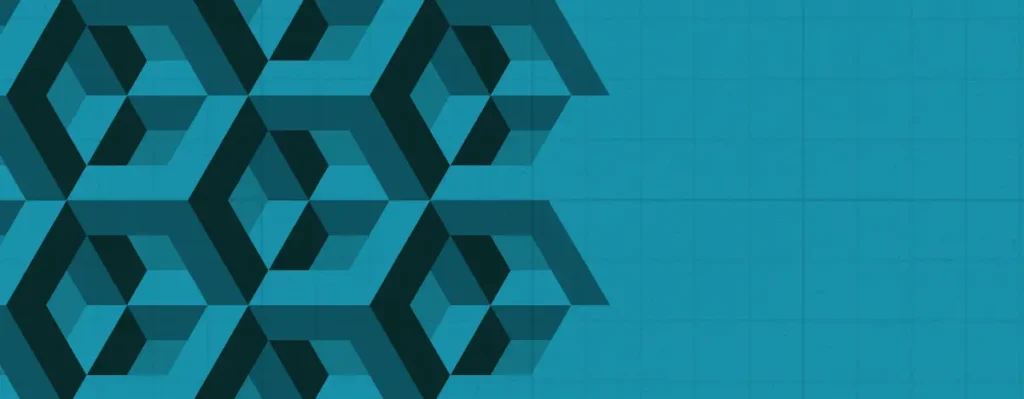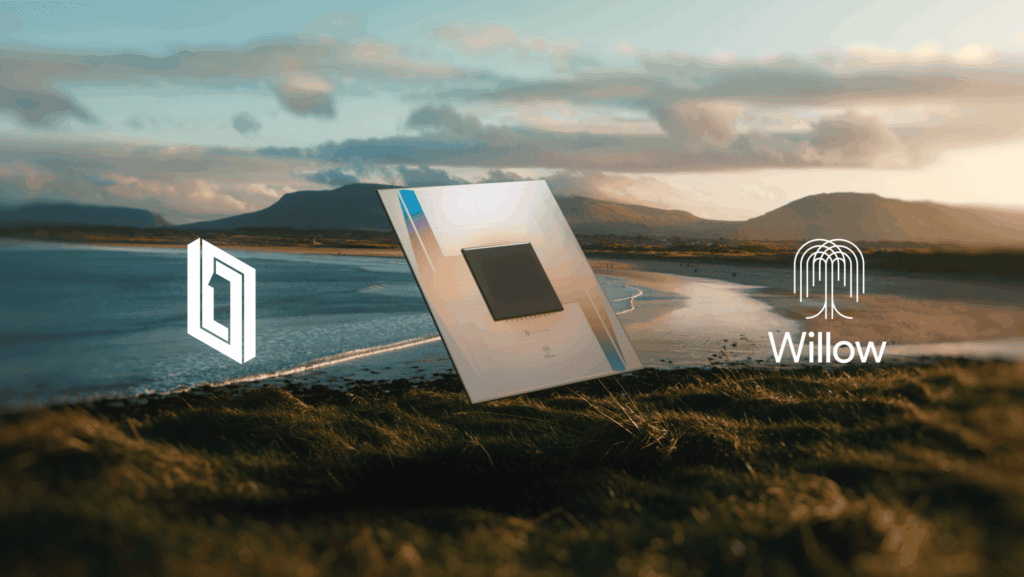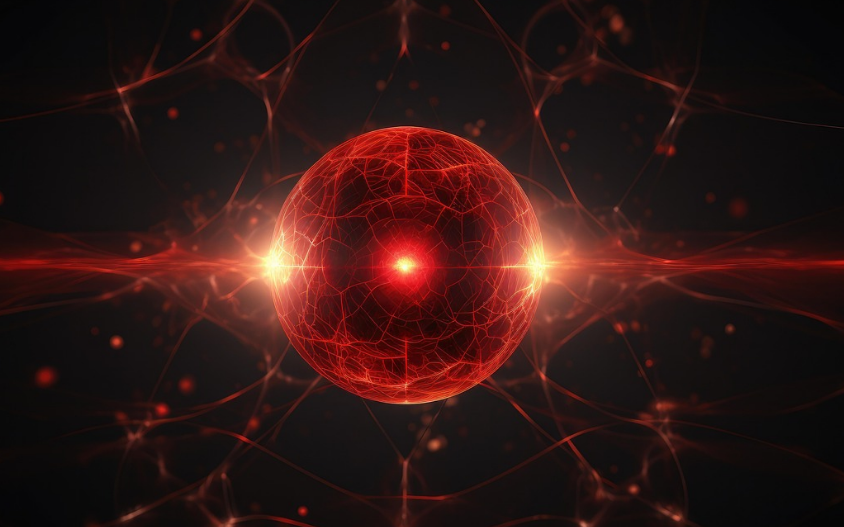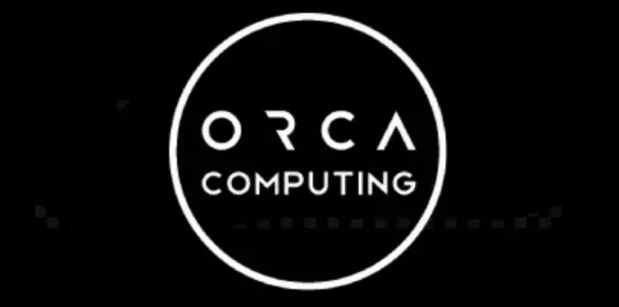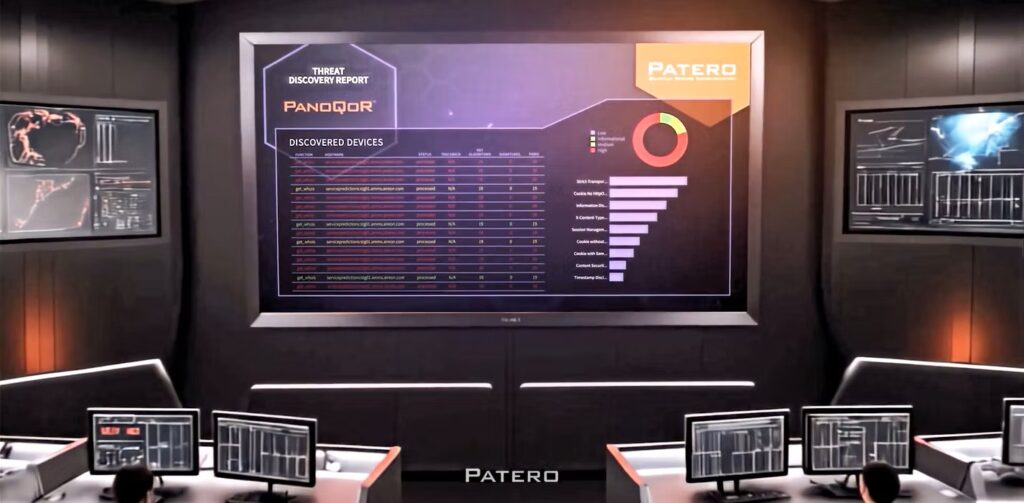Insider Brief
- Microsoft has introduced a new family of 4D geometric quantum error correction codes that significantly reduce qubit overhead and enable fault-tolerant quantum computing with simplified error correction.
- The codes support single-shot error correction, universal logical operations, and compatibility with emerging hardware architectures like trapped ions and photonic systems.
- Simulations show high thresholds and efficient resource scaling, with the Hadamard code enabling 54 logical qubits from just 2,000 physical qubits, though there is still room for future work.
Microsoft researchers have proposed a new family of quantum error correction codes that could dramatically reduce the overhead required to build scalable quantum computers. The study, posted to the pre-print server arXiv and discussed on a company blog post, describes the design and performance of “4D geometric codes” that use four-dimensional mathematical structures to achieve fault tolerance with fewer physical qubits, while also simplifying quantum error correction.
Unlike many existing approaches, these codes offer single-shot error correction, which means they can recover from errors with a single round of measurements. Typically, quantum computers require multiple rounds of measurements to fix errors—an approach that adds time and demands more hardware. Single-shot error correction does the job in one pass, simplifying both speed and system design.
The approach can also support a full set of logical operations necessary for universal quantum computing.

The team writes in a blog post about the findings: “Microsoft Quantum is continuing to advance the global quantum ecosystem by adding cutting-edge features to its compute platform. By developing powerful error-correction codes that are applicable to many types of qubits, we are advancing the field of quantum computing while putting it within reach of experts and nonexperts alike. Microsoft’s novel four- dimensional geometric codes require very few physical qubits per logical qubit, can check for errors in a single shot, and exhibit a 1,000-fold reduction in error rates.”
Geometry as a Shortcut to Fault Tolerance
The study presents a reimagining of topological quantum codes by shifting from traditional two-dimensional layouts, such as those used in surface codes, to a four-dimensional lattice called a tesseract. At the risk of being excessively mind-blowing and relying too much on the plot line of Interstellar, we can imagine a tesseract as the 4D version of a cube, just as a cube is a 3D version of a square. Picture a cube within a cube, with the corners connected, a shape that exists mathematically in four spatial dimension.
In this higher-dimensional space, the codes exploit geometric properties to improve performance. The researchers showed that by rotating these 4D codes into optimal lattice configurations, they could drastically reduce the number of qubits required while preserving or enhancing fault tolerance.
This approach enables what the scientists call “4D geometric codes,” which maintain the topological protection of traditional toric codes — which “wrap” qubits around a donut-shaped grid — but benefit from a higher encoding rate and more efficient error correction, according to the paper. For instance, their [[96,6,8]] Hadamard code uses just 96 physical qubits to encode six logical qubits with a distance of eight, which means it can correct up to three errors and detect four.
High Thresholds and Low Overhead
Microsoft reports that their Hadamard lattice code achieves a 1,000-fold reduction in errors, reaching a logical error rate as low as 10⁻⁶ per round of correction at a physical error rate of 10⁻³. This is a significant improvement over standard rotated surface codes and other competing quantum LDPC (low-density parity-check) codes. The pseudo-threshold — the point where logical error rates improve over unencoded operations — approaches 1% in some configurations, depending on decoding strategy.
Simulations using different decoders show that both “single-shot” and multi-round decoding strategies are viable. In either case, the logical error rates for 4D geometric codes outperform many alternatives, especially when normalized for the number of logical qubits.
Codes Tailored for Today’s Hardware
Importantly, the team writes that these codes are not purely theoretical. They designed them to be compatible with emerging quantum hardware architectures that offer all-to-all connectivity, including neutral atom arrays, trapped ions, and photonics. Unlike surface codes that demand strict geometric locality — limiting them to two-dimensional hardware layouts — 4D geometric codes thrive on hardware that can perform operations across distant qubits.
Two circuit types were developed to implement the syndrome extraction required for error correction: a “compact” version for parallel hardware, and a “starfish” version optimized for qubit-limited systems where ancilla qubits are reused. These circuits further contribute to the codes’ low depth and resource efficiency.
Beyond stability and efficiency, the codes support universal quantum computing. The study presents a full set of Clifford operations 00 basic logical operations such as CNOT, Hadamard, and phase gates 00 constructed through combinations of space group symmetries, fold-transversal gates, and lattice surgery. Logical Clifford completeness was demonstrated, meaning that all necessary operations can be performed without leaving the protected code space.
To extend beyond the Clifford group and achieve universality, the team incorporated standard techniques like magic state injection and distillation. These allow for non-Clifford gates needed for general quantum algorithms, though they typically come with higher overhead.
The researchers also developed new synthesis methods for multi-qubit operations, including diagonal unitary injections and optimized multi-target CNOTs, which are often used in quantum chemistry and optimization applications. These building blocks aim to reduce both spatial and temporal costs of computation.
Hardware Scaling and Practical Applications
As for practical implications, a small quantum computer using the Hadamard code could realize 54 logical qubits using only 2,000 physical qubits—well within the capabilities of near-term hardware. Scaling to 96 logical qubits with the more powerful Det45 code would require about 10,000 qubits. At utility scale, a machine with 1,500 logical qubits could be built from ten modules, each housing roughly 100,000 qubits.
The study outlines a roadmap for this transition, including early experiments that validate entanglement, logical memory, and basic circuits.
Key next steps include demonstrating deep logical circuits and magic state distillation, which will be necessary for running real-world applications.
Limitations and Open Questions
The study offers some areas that remain open for future work. First, it remains unclear whether the topological gates derived from 4D symmetries can be implemented with low-depth local circuits, which would be a requirement for hardware efficiency. Proving whether these topological operations alone can achieve Clifford completeness is another open challenge.
Additionally, the team poses a conjecture about optimal lattices, predicting that the overhead savings from geometric rotation could approach a factor of one as code distance grows. Finally, while subsystem versions of these codes might offer further gains, their performance and synthesis costs have yet to be fully explored.
For a more technical dive, Microsoft has added a blog post and the paper is available on arXiv. Researchers use pre-print servers to disseminate research in fast-moving fields, like quantum, as swiftly as possible. However, these studies are not officially peer-reviewed, which is a key step in the scientific method.











